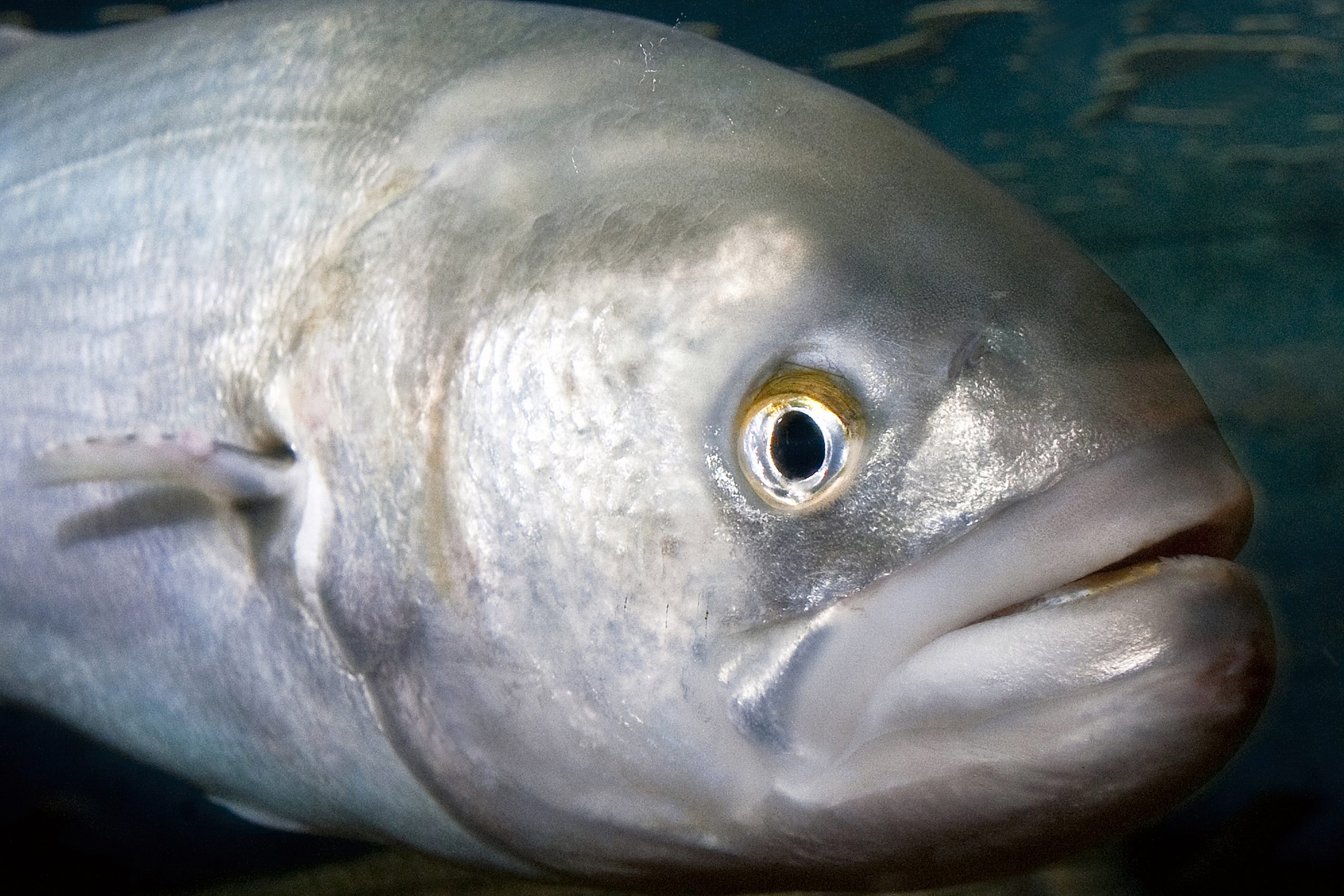


Fishermen can have silver carp trapped in six rows of netting "and they will jump over all six of them," he said. It's silver carp that provide the iconic images of fish jumping out of the water en masse, potentially endangering boaters. The difference? Fishermen catch the bighead carp more easily, so they've caught them in far greater numbers over the years. "The bigheads don't jump, the silvers do," Price said. "That mass that was there when we started, when they said they have to do something to save the lake, we have drastically cut it to shreds."īack when the program started, bighead carp made up about three-quarters of the catch. "We almost never catch a fish over 30 pounds anymore," he said. Now, the fish are typically 3 to 12 pounds, or even smaller, he said. Then, they caught boatloads of carp, almost all 20 to 50 pounds, he said, with some up to 70 pounds or more. Shawn Price, a commercial fisherman based in Fulton, Illinois, has fished the rivers for Asian carp on contract with the Illinois DNR since 2010. The barrier will include electricity, unappealing sounds for fish and gates of bubbles as deterrents.īut old-fashioned fishing of pools of carp in the river systems between the Mississippi and Lake Michigan is also proving effective in holding back the potential Great Lakes invaders. Plans are in the works for a $778 million Asian carp barrier at the Brandon Road Lock and Dam on the Des Plaines River about 27 miles southwest of Chicago in Joliet, Illinois.

She was the first Black person freed by Lincoln, long before his presidency: Her grave was paved over and her story hardly known Should Asian carp make it into the Great Lakes, many scientists believe they would cause a huge disruption to the aquatic food chain and damage, perhaps irreparably, a $7 billion annual Great Lakes fishery. Floods and human mismanagement helped the carp escape into the Mississippi River system, where their spread exploded.Ī 2019 study looking at 20 years of fish population data on the upper Mississippi River confirmed bighead, silver, grass and black carp out-compete sport fish, causing population declines for prized species such as yellow perch, bluegill, and black and white crappie. in the 1960s and '70s to control algae blooms in aquaculture facilities, farm ponds and sewage lagoons. It's a different type of flesh - much cleaner, sweeter-tasting meat."įucik called the upcoming national marketing campaign "the biggest push that we've seen so far with these fish."Īsian carp were introduced in the southern U.S. "To us in America, we think of carp as a bottom-feeding, muddy-tasting fish, which it is sometimes," said Dirk Fucik, owner of Dirk's Fish and Gourmet Shop in Chicago, who has had success with occasional serving of Asian carp to customers and is participating in the rebranding effort. But other aspects of the "The Perfect Catch" campaign will point out that the invasive Asian carp species - silver, bighead, grass and black carp - are flaky, tasty, organic, sustainable, low in mercury and rich in protein and omega-3 fatty acids. The proposed new name for the fish is being kept tightly under wraps for a big rollout in June, prior to the Boston Seafood Show in mid-July. But "it's been hard to get the human consumption part of this because of the four-letter word: carp," said Kevin Irons, assistant chief of fisheries for the Illinois Department of Natural Resources.Ī full-on media blitz is coming later this year to change that. Markets such as pet food, bait and fertilizer have expanded the use of invasive Asian carp in recent years. The goal: To grow the fish's image as a healthy, delicious, organic, sustainable food source - which will, in turn, get more fishermen removing more tons of the fish from Illinois rivers just outside of Lake Michigan. Now, Illinois officials and their partners want to give the invasive Asian carp threatening the Great Lakes a similar makeover. National Marine Fisheries Service gave the slimehead a rebranding in the late 1970s in an effort to make the underused fish more marketable. It's the same fish, but one sounds much more palatable than the other. The U.S. DETROIT – Care for a plate of slimehead? How about some orange roughy?


 0 kommentar(er)
0 kommentar(er)
